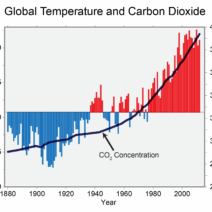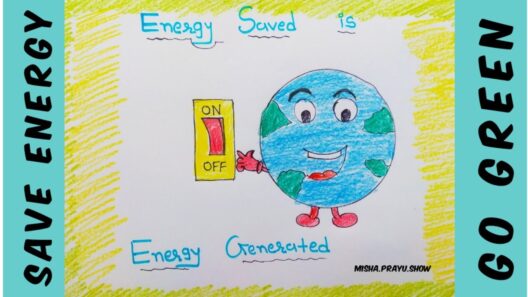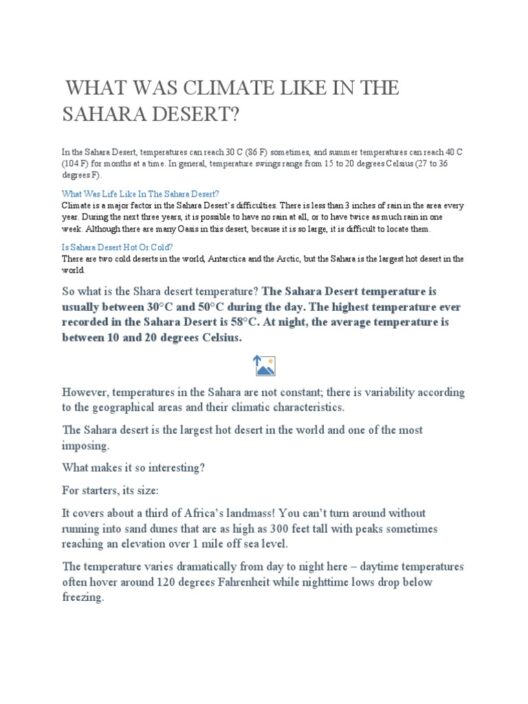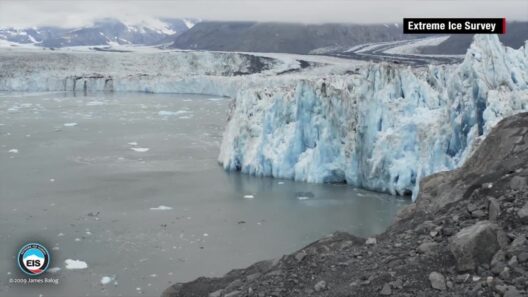In our expansive Earth, water serves as the lifeblood of ecosystems, communities, and economies alike. However, as the specter of climate change looms ever larger, the delicate equilibrium of our planet’s waterways is being irrevocably altered. The phenomenon of increasing salinity in oceans and the deterioration of freshwater lakes presents a pressing challenge that requires our urgent attention.
Imagine the seas as a grand symphony, orchestrated by nature’s hand, where each note represents a fundamental component of marine health. When global warming strikes, this symphony becomes discordant. The rise in global temperatures leads to a series of well-orchestrated but devastating consequences. Glaciers, once stoic sentinels of the polar regions, succumb to the relentless heat, sending an influx of freshwater into saline-laden seas. This phenomenon creates a stratified layer, altering the salinity and density of ocean waters, thereby impacting marine biodiversity and the intricate food web.
As the oceans become more saline, the first notes of dissonance appear. Species sensitive to salinity fluctuations, from lesser-known microorganisms to large marine mammals, face existential threats. Coral reefs, the vibrant bastions of biodiversity, exhibit signs of stress. Coral bleaching, a consequence of rising water temperatures, becomes an alarming reality. As the reefs lose their colorful inhabitants, they transform into bleached, lifeless structures. The impacts ripple outward, jeopardizing fish populations and, consequently, the livelihoods of communities dependent on fishing.
While the seas experience this metamorphosis, our freshwater lakes confront their own woes. These once-crystalline bodies of water now grapple with the salinization attributed to various anthropogenic activities. Agricultural runoff laden with fertilizers—potassium, phosphorus, and nitrogen—trickles into lakes, creating an audacious cocktail that encourages algal blooms. These blooms, while often innocuous in small quantities, can become detrimental as they proliferate unchecked, leading to hypoxia (low oxygen levels) that render water inhospitable to aquatic life.
Simultaneously, the apathy toward conservation exacerbates the plight of our lakes. Diminishing freshwater sources due to unsustainable consumption patterns causes lakes to recede, leaving behind ghostly relics of their former glory. Increased evaporation rates, driven by higher temperatures, further diminish water levels, elevating salinity to unprecedented levels. The picturesque lakes that once nourished wildlife and offered solace to weary travelers now lay parched and sullied by human neglect.
The interconnected nature of these issues calls for profound contemplation. Each lake is like a diary, inscribed with the history of its surroundings. Yet, with every passing summer, the pages grow yellower and more brittle, fading into obscurity. In contrast, our oceans, though vast and seemingly resilient, whisper warnings through their increasingly salty tongues. The metaphor of “salty seas and dirty lakes” vividly encapsulates the duality of this crisis. Just as one can embrace the joy of the sea breeze, it is crucial to acknowledge the shadows lurking beneath.
Moreover, rising sea levels—a direct consequence of melting glaciers and polar ice—pose an additional threat to our freshwater systems. Coastal communities find themselves at the intersection of salty invaders and dwindling freshwater resources. Saltwater intrusion infiltrates aquifers, tainting supplies that once quenched the thirst of many. This saltwater contamination is not merely an inconvenience; it represents an emergent crisis, one that threatens the very essence of communities built around these lakes. The delicate dance of water, in its quest to sustain life, is choreographed by the very factors that climate change disrupts.
This calamitous state of affairs calls for action, not indifference. Community engagement is vital; it’s not just about policymakers but also about individuals. Simple initiatives, such as promoting sustainable agriculture practices, curbing chemical runoff, and protecting wetlands, can instigate meaningful change. Educational outreach can amp up awareness regarding the significance of these freshwater lakes and marine environments, shifting the perception from that of mere commodities to valuable resources. A well-informed populace can act as stewards of their environment, fostering a culture that prioritizes the preservation of these vital ecosystems.
Furthermore, embracing advanced technological solutions can pave the way toward remediation. Innovative strategies, such as bioremediation and aquaculture, offer promising avenues to combat specific challenges posed by climate change. Scientists are tirelessly seeking solutions that incorporate ecological balance, ensuring that when one part of the ecosystem falters, others can rise to support its resilience. Interdisciplinary collaborations among environmental scientists, ecologists, and community leaders provide rich soil for groundbreaking initiatives to take root.
Ultimately, the metaphor of “salty seas and dirty lakes” serves not only as a vivid illustration of the ongoing struggles within our water bodies but as a call to arms. The crossroads we find ourselves facing necessitates awareness of our collective impact. The urgency cannot be understated; the future of vast marine systems and tranquil freshwater lakes hangs precariously in the balance. Without immediate and sustained action, the beautiful landscapes of tomorrow may be forever marred by salt and sediment. The symphony of nature needs our attention—let us ensure it continues to play in harmony for generations to come.







